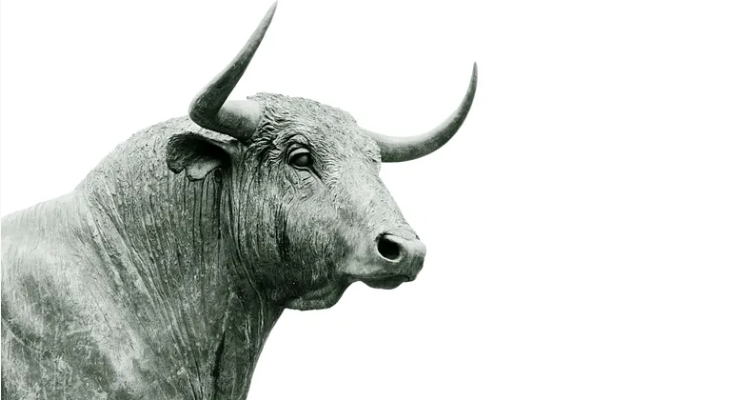The internet has come a long way since its inception.
From the early days of static web pages to the dynamic and interactive platforms we use today, the internet has continuously evolved.
Starting as a small network of universities to the worldwide network that the internet is today.
Things on the network have been in a state of constant change for some time.
A new revolution is on the horizon, and it’s called Web 3.
Web3 is a term that encompasses a wide array of exciting developments in the digital realm.
It serves as a catch-all phrase that embodies a vision for a vastly improved internet experience.
Web3 represents a dynamic, evolving concept that promises to reshape the way we interact with the online world.
It’s set to transform the internet, and what this means for users, developers, and the online world as a whole.
To understand Web3. Understand Web1 and Web2 First.
Web1.0 — Read-Only (1990–2004)
Where the Internet Started, Read Static Information.
Non-editable information is accessible but not very interactive.
Very centralised.
- The Read-Only internet
Web 2.0 — Read-Write (2004-now)
Rise of Social Media. Reading and Writing Information.
Think of sites such as Facebook, Instagram, and Twitter.
Think about how you may share, like, and comment on posts on those platforms, writing more information on that web page.
- The Read and Write Internet
Web 3.0: Read-Write-Own
Next Iteration of The Web. Read, Write, and Own.
Web of information linked on blockchains. Tokens, Smart Contracts, Decentralisation. Provenance. Digital Wallets. Keys.
- The Read, Write and Own Internet
What is Web3?
Web3, short for “Web 3.0,” represents the next major iteration of the internet. It builds upon the foundations of Web2, which introduced user-generated content, social media, and the app economy.
Web3, however, takes this concept a step further by incorporating blockchain technology and cryptocurrencies to create a more decentralised, secure, and user-centric internet.
Web3 has native payments: it uses cryptocurrency for spending and sending money online instead of relying on the outdated infrastructure of banks and payment processors.
- Ethereum Foundation
Decentralisation
At the heart of Web3 is the idea of decentralisation.
Instead of relying on a few powerful corporations that control data and user interactions, Web3 seeks to distribute power and decision-making across a vast network of participants.
This empowers individuals and communities, putting them in control of their online experiences.
Blockchain Technology
Blockchain, the underlying technology of cryptocurrencies like Bitcoin and Ethereum, plays a critical role in Web3.
It provides a tamper-proof and transparent ledger for various online interactions, such as financial transactions, data sharing, and even digital identity. This ensures greater trust and security in online activities.
Cryptocurrency
Web3 utilises cryptocurrencies as a means of transferring value and enabling various functions within the ecosystem. These digital currencies are borderless, enabling frictionless global transactions, and can be programmed to execute smart contracts, automating various processes without intermediaries.
Web3 Future Outlook
Web3 holds profound importance in the ongoing evolution of the internet. The digital landscape has continuously transformed since its inception, with each phase ushering in new ways for users to engage with online platforms and services.
Web3 stands as the next pivotal stage in this evolution, offering the promise of a more decentralised, transparent, and user-centric online experience.
But why is this shift to Web3 so crucial for the future of the digital world?
Key Features of Web3
Data Ownership:
In Web3, users have full control over their data. They decide who can access and use their information, granting or revoking permissions as they see fit.
Interoperability:
Web3 fosters interoperability between applications and platforms, allowing data and services to flow seamlessly across the internet. This means greater convenience for users and more opportunities for developers.
Decentralised Applications (dApps):
Instead of relying on centralised servers, Web3 applications run on decentralised networks, making them resistant to censorship and single points of failure.
Tokenisation:
Assets, whether they be digital or physical, can be tokenised on Web3 platforms. This enables fractional ownership and easier trading of various assets.
Smart Contracts:
Self-executing, trustless agreements powered by blockchain technology are a cornerstone of Web3. They automate processes and transactions, reducing the need for intermediaries.
Privacy:
Web3 puts a strong emphasis on user privacy. Cryptographic techniques enable secure, private transactions and interactions.
How Web3 Will Impact the Internet
Web3 promises significant changes to the way we experience the internet.
User Empowerment:
Users will regain control over their data and digital identity, reducing the influence of tech giants and protecting privacy.
Economic Opportunities:
Web3 introduces new income streams for content creators, developers, and other online participants through tokens and cryptocurrencies.
Innovation:
Developers can build decentralised applications with unprecedented flexibility, enabling novel use cases and improving existing ones.
Global Accessibility:
Web3’s decentralised nature ensures that the internet remains accessible, even in regions with restrictive censorship.
Trust and Security:
The transparency and immutability of blockchain technology enhance trust and security in online transactions and interactions.
The Takeaway:
Web3 represents a paradigm shift in how we view and use the internet. It’s a departure from the centralised models of the past, aiming to make the online world more user-centric, secure, and open.
While Web3 is still in its early stages, it holds immense promise for reshaping the internet and our relationship with it.
As we continue to unlock the potential of Web3, we’ll likely witness a digital landscape that empowers individuals, fosters innovation, and truly reflects the democratic ideals of the World Wide Web’s creators.

 English
English
 Deutsch
Deutsch
 Español
Español
 Français
Français
 Português
Português
 日本
日本
 한국인
한국인
 Türkçe
Türkçe
 Русский
Русский
 Tiếng Việt
Tiếng Việt
